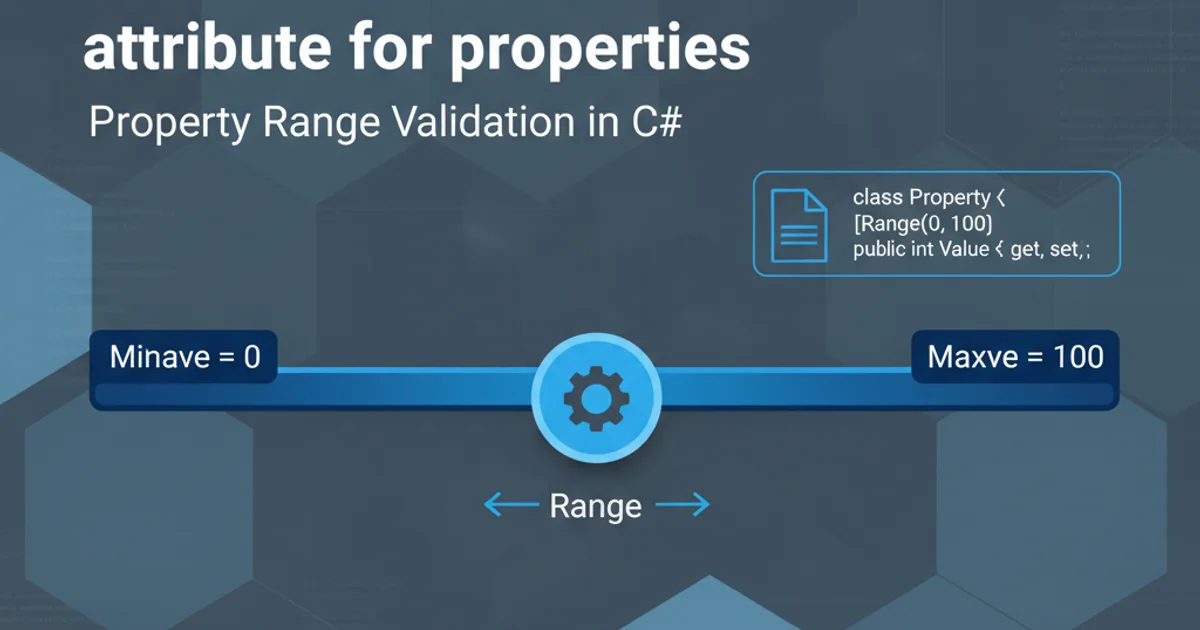What does mvn install in maven exactly do
Categories:
Understanding 'mvn install': What Maven Does Under the Hood

Explore the 'mvn install' command in Maven, its lifecycle phases, and how it builds, tests, and places your project artifacts into the local repository for reuse.
The mvn install command is one of the most frequently used Maven commands, yet its exact implications can sometimes be misunderstood. It's a powerful command that orchestrates a series of build lifecycle phases, culminating in the placement of your project's compiled artifact into your local Maven repository. This article will break down what mvn install does, its key phases, and why it's crucial for Maven-based development.
The Maven Build Lifecycle
Before diving into install, it's essential to understand Maven's build lifecycle. Maven defines a standard set of phases that can be executed. When you invoke a command like mvn install, Maven executes all phases up to and including the specified phase in the default lifecycle. The default lifecycle includes phases such as validate, compile, test, package, verify, and install.
flowchart TD
A[Start mvn install] --> B(validate)
B --> C(compile)
C --> D(test)
D --> E(package)
E --> F(verify)
F --> G(install)
G --> H[End mvn install]
subgraph Default Lifecycle Phases
B --> C
C --> D
D --> E
E --> F
F --> G
endSimplified Maven Default Lifecycle Phases executed by mvn install
Key Phases Executed by mvn install
When you run mvn install, Maven executes the following phases in sequence, assuming no errors occur:
validate: Checks if the project is correct and all necessary information is available.compile: Compiles the source code of the project.test: Runs tests against the compiled source code. These are typically unit tests.package: Takes the compiled code and packages it in its distributable format, such as a JAR or WAR file.verify: Runs checks to validate the integrity of the package. This often includes running integration tests and checking for quality gates.install: Installs the package into the local repository, for use as a dependency in other projects locally.
mvn install
Executing the mvn install command
The Local Repository and Artifacts
The most significant outcome of mvn install is the placement of your project's artifact (e.g., my-app-1.0.jar) into your local Maven repository. This repository is typically located at ~/.m2/repository on Unix-like systems or C:\Users\YourUser\.m2\repository on Windows. Once an artifact is in the local repository, any other Maven project on your machine can declare it as a dependency and use it without needing to build it from source or fetch it from a remote repository.
When to Use mvn install vs. mvn package
While mvn install is very common, it's important to differentiate it from mvn package.
mvn package: Builds your project and creates the artifact (e.g., JAR, WAR) in thetargetdirectory. It does not place the artifact into your local repository.mvn install: Does everythingmvn packagedoes, and then additionally copies the artifact to your local Maven repository.
Use mvn package when you just want to build the artifact for immediate use (e.g., deploying to a server) and don't need it as a dependency for other local projects. Use mvn install when you want to make your project's artifact available to other local projects as a dependency.
<!-- Example pom.xml snippet declaring a dependency -->
<dependencies>
<dependency>
<groupId>com.mycompany.app</groupId>
<artifactId>my-app</artifactId>
<version>1.0</version>
</dependency>
</dependencies>
A pom.xml declaring a dependency that would be resolved from the local repository after mvn install